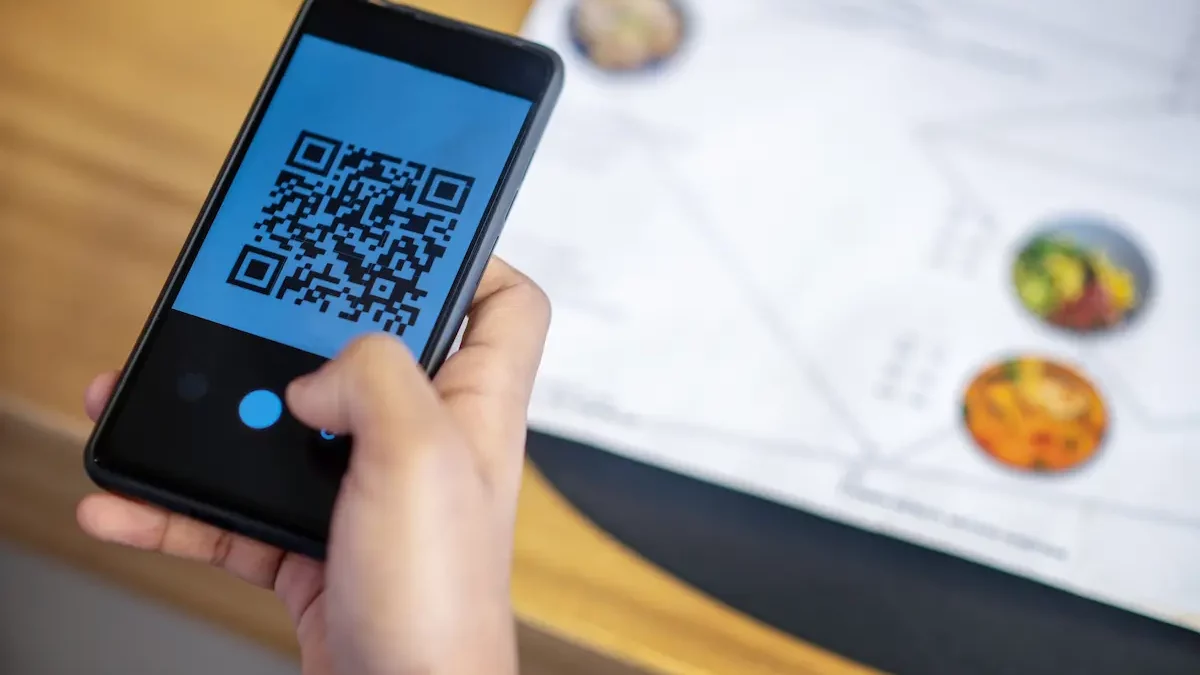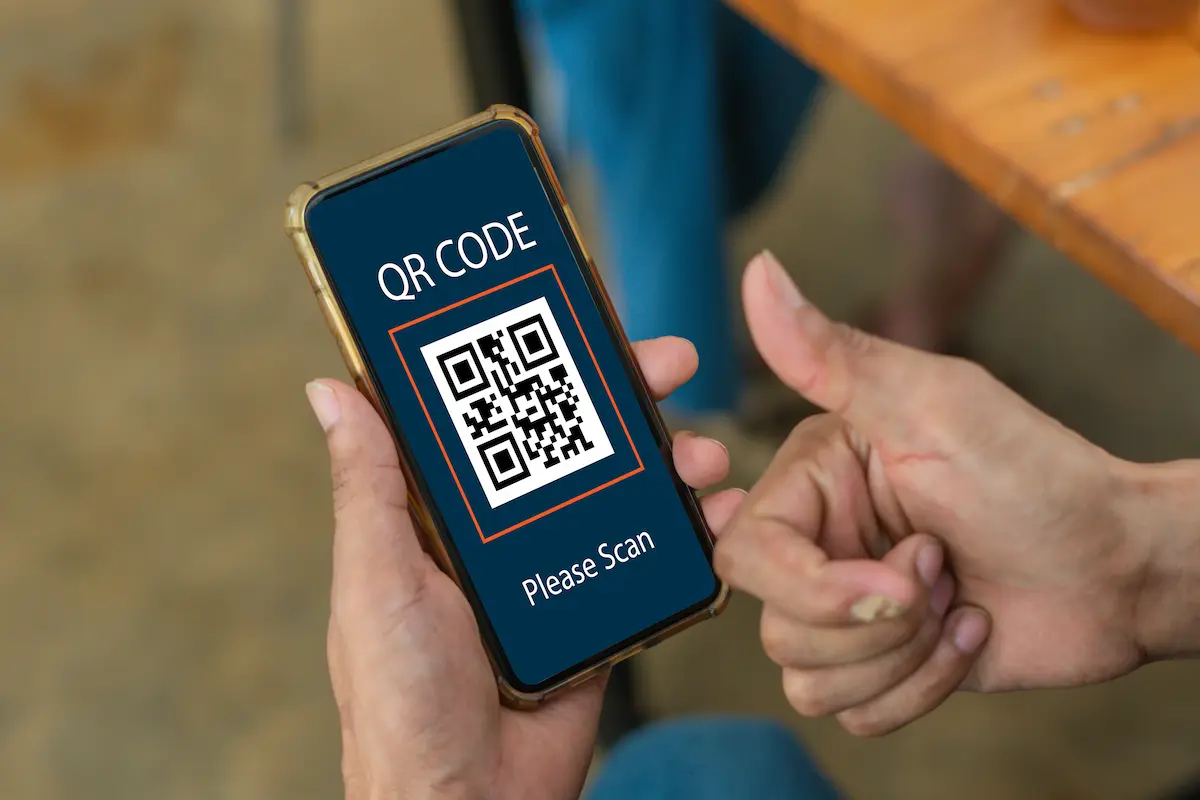Using QR Codes in Your Handbooks: A Quick Guide

QR Codes for Easy Linking
If you’re not using QR codes in your school’s handbooks yet, you’re missing out on a simple, effective way to connect students, staff, and parents with important resources. These little squares of digital magic can link directly to websites, forms, schedules, and more, all with just a quick scan from a smartphone. Here, we’ll break down efficient ways to create them, examples of when to use them, and how to optimize them to fit your goals.
When Should You Use a QR Code?

QR codes are a great way to make your handbook more interactive and cut down on clutter. Instead of printing long URLs or packing too much text onto a page, a QR code can take the reader directly to what they need. Here are some great examples of when to use them.
School Calendars
Link directly to an updated online calendar so parents and students always have the latest schedule.
Handbook Policies
Instead of overwhelming pages with details, link to a digital version with all the nitty-gritty.
Event Sign-Ups
Make it easy for students to register for clubs, sports, or school events.
Surveys & Feedback Forms
Need quick input from students or parents? A QR code can send them straight to a Google Form.
School Social Media
Increase engagement by linking to your school’s Instagram, Twitter, or Facebook pages.
How to Create a QR Code
Don’t be discouraged! Making a QR code is easy, and it’s even possible to create one for free. There are tons of online tools available, but one of our favorites is QR Code Generator. Just enter your link, customize the look if you want, and download your code. It’s as simple as that.
If you’d like to track how many people are scanning your code, you can use Bitly to create a shortened, trackable link before turning it into a QR code. This allows you to monitor engagement and make adjustments if needed to improve effectiveness.
Free vs. Paid QR Code Services
Most free QR code generators work just fine, but some paid options offer extra features like detailed tracking, dynamic QR codes (which let you change the link later), and better customization. If you’re just linking to a basic school resource, free tools should do the trick. But if you need analytics or more flexibility, a paid service might be worth it.
QR Code Sizing & Customization
Minimum Size
For print materials, make sure your QR code is at least 0.8 inches (2 cm) on each side to be easily scannable and high-quality.
Resolution Matters
A higher-resolution QR code is essential for maintaining clarity. Vector formats like SVG, EPS, or PDF are ideal for print, while PNG is great for digital use.
Color Options
Black and white work best, but you can customize your QR code with school colors! Just make sure there’s high contrast so it’s easy to scan.
Placement
Keep codes in high-visibility spots and give them a little white space around the edges so they don’t blend in with the background.
Final Thoughts

QR codes are a game-changer in making your school handbooks more dynamic and user-friendly. Whether you’re linking to policies, forms, or social media, they make it easier for students and parents to find the information they need. Try adding a few to your next handbook and see how much smoother communication becomes! School Datebooks is always ready to help with adding QR codes to your handbook. Contact your representative with any questions, and we’ll make the process seamless!
Need Datebooks and Handbooks? We Can Help!
Make your school handbooks and datebooks stand out with School Datebooks! We’ll help you design, customize, and order the perfect planner or handbook for your school—contact us today to get started!
Started in 1985, School Datebooks is the flagship company under the SDI Innovations umbrella and has provided datebooks to over 18,000 customers over the last 38 years. Learn more about what we do through our socials, Facebook, Twitter, Youtube, LinkedIn, Instagram, and TikTok.


